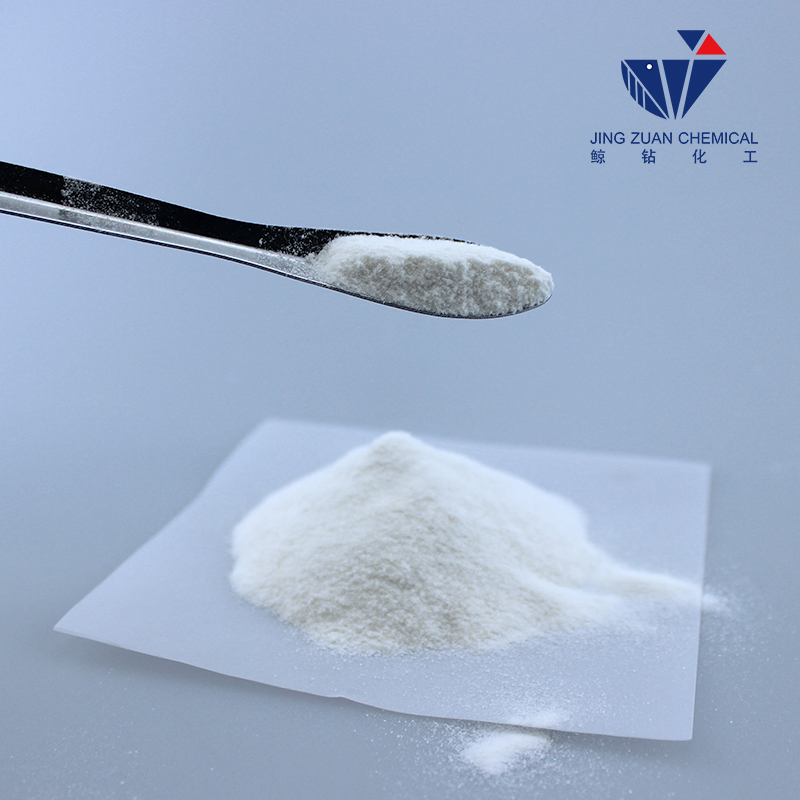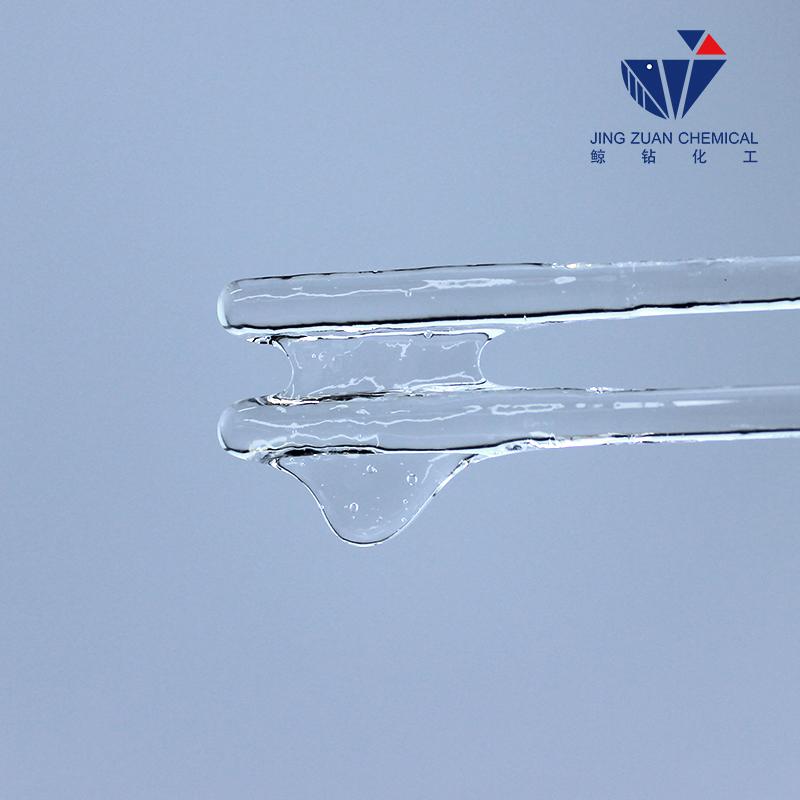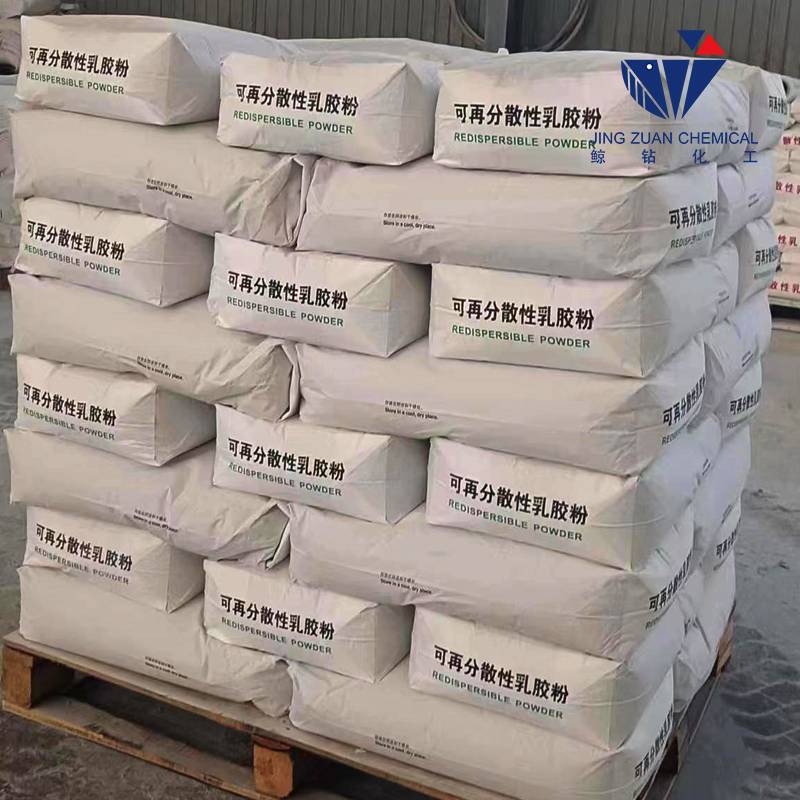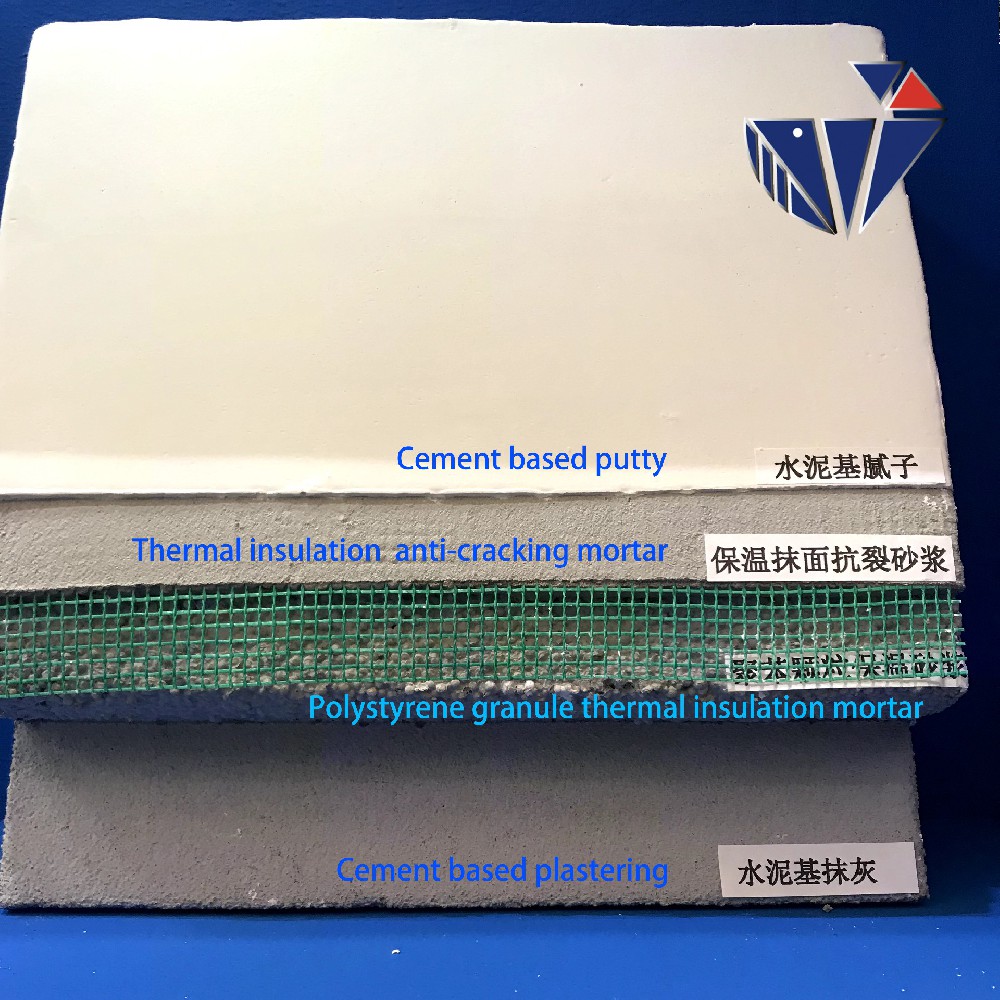
දෙසැ. . 01, 2024 13:49 Back to list
hpmc safety
Understanding HPMC Safety Key Considerations in Pharmaceutical Use
Hydroxypropyl methylcellulose (HPMC) is a widely utilized polymer in the pharmaceutical industry, known for its multifunctionality, including use as a thickener, emulsifier, and film-forming agent. Its applications extend to various dosage forms, such as tablets, capsules, and coatings. With its diverse applications, the safety profile of HPMC is paramount, especially given the increasing scrutiny over excipients in pharmaceutical formulations.
Properties of HPMC
HPMC is derived from cellulose, a natural polymer, making it a semi-synthetic product that exhibits excellent biocompatibility and stability. It is soluble in water, forming gels upon hydration, which aids in controlled drug release. Its non-toxic nature and lack of significant adverse reactions have led to its endorsement by regulatory bodies globally, including the FDA.
Safety Profile
The safety of HPMC is supported by extensive research and historical use in various industries, including food, cosmetics, and pharmaceuticals. Studies have demonstrated that HPMC is generally regarded as safe (GRAS), as it presents low toxicity levels and minimal side effects when used within recommended concentrations. Its acceptance as a food additive underscores its safety for human consumption.
However, it is essential to note that while HPMC itself is considered safe, the overall safety of a pharmaceutical formulation depends on various factors, including the presence of other excipients, the dosage, and the potential for allergic reactions.
Regulatory Framework
hpmc safety
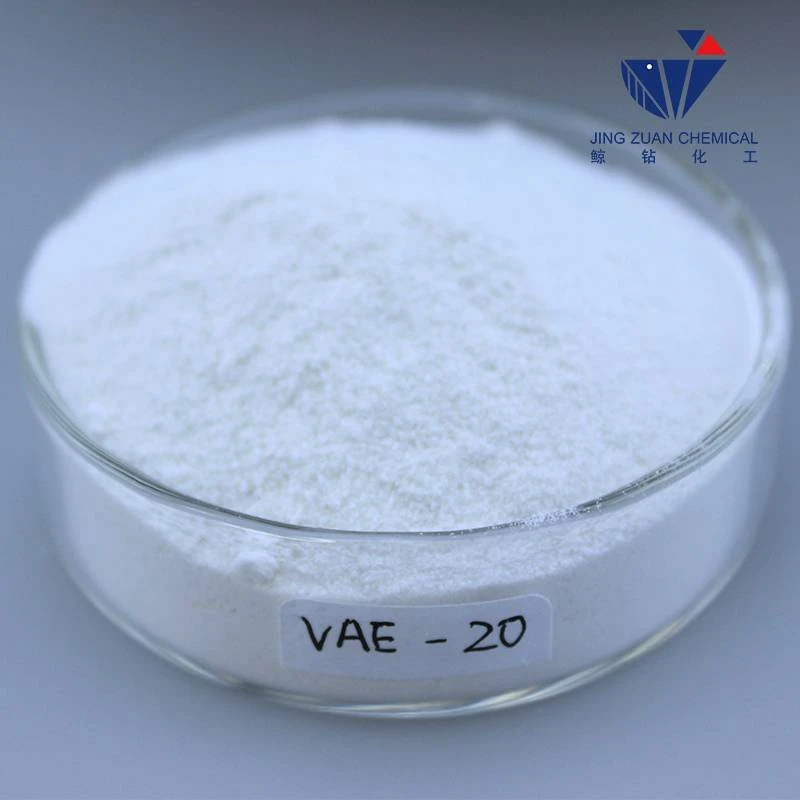
Regulatory bodies have established guidelines to ensure the safety of HPMC in pharmaceutical applications. The European Pharmacopoeia and the United States Pharmacopeia set stringent standards for the quality and purity of HPMC used in drug formulations. Manufacturers are required to adhere to good manufacturing practices (GMP) to minimize contamination and ensure product safety. Furthermore, clinical trials often assess the safety and efficacy of the complete formulation rather than individual components, which aids in comprehensively understanding potential risks.
Allergic Reactions and Sensitivities
Although rare, some individuals may exhibit allergic reactions to HPMC or the additives in pharmaceutical formulations containing HPMC. Symptoms of such reactions can include skin irritations, respiratory issues, or gastrointestinal disturbances. This highlights the importance of thorough patient history assessments before prescribing drugs containing HPMC, particularly for patients with known sensitivities to cellulose derivatives or similar compounds.
Environmental Considerations
Beyond human health, the environmental impact of HPMC production and disposal also warrants attention. As consumers demand more sustainable practices, the pharmaceutical industry must evaluate the lifecycle of excipients like HPMC. Biodegradable alternatives, although limited, are being researched to reduce environmental footprints. Furthermore, adherence to sustainable sourcing and manufacturing processes can enhance the overall safety profile of HPMC in commercial use.
Conclusion
HPMC plays a crucial role in modern pharmaceuticals, enhancing the efficacy and stability of many formulations. Its safety profile is robust, supported by historical usage and regulatory oversight. However, as with all pharmaceutical excipients, ongoing vigilance is required to monitor for potential allergic reactions and to assess environmental sustainability. By balancing innovation with safety considerations, the pharmaceutical industry can continue to leverage the benefits of HPMC while ensuring the well-being of patients and minimizing ecological impacts. Through diligent research, regulatory compliance, and patient-centered practices, HPMC will remain a vital component of safe and effective pharmaceutical formulations.
-
Versatile Hpmc Uses in Different Industries
NewsJun.19,2025
-
Redispersible Powder's Role in Enhancing Durability of Construction Products
NewsJun.19,2025
-
Hydroxyethyl Cellulose Applications Driving Green Industrial Processes
NewsJun.19,2025
-
Exploring Different Redispersible Polymer Powder
NewsJun.19,2025
-
Choosing the Right Mortar Bonding Agent
NewsJun.19,2025
-
Applications and Significance of China Hpmc in Modern Industries
NewsJun.19,2025

